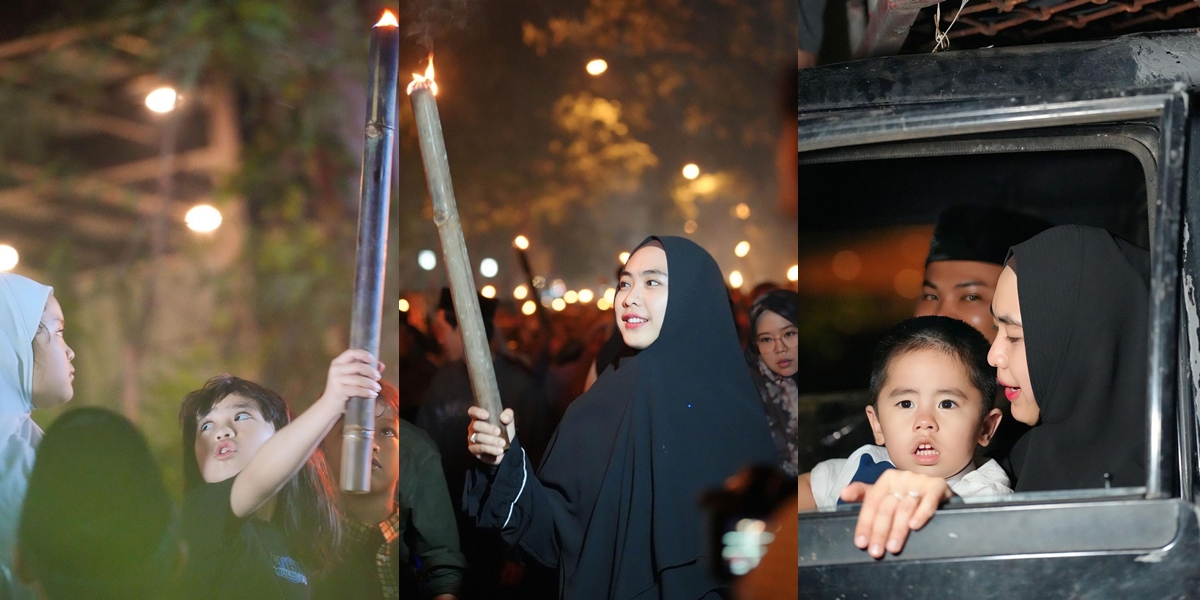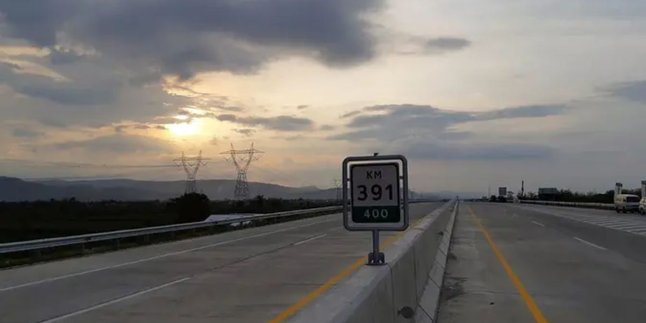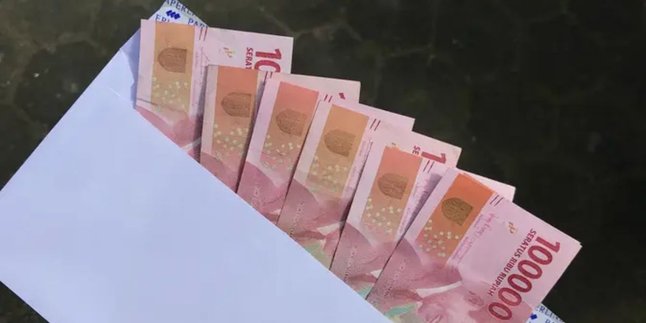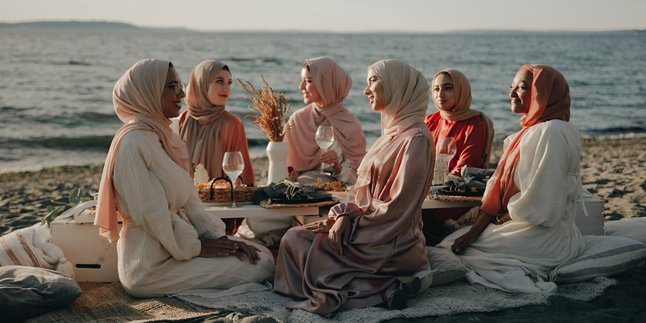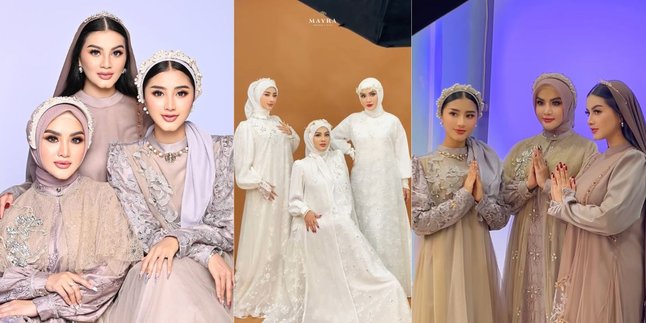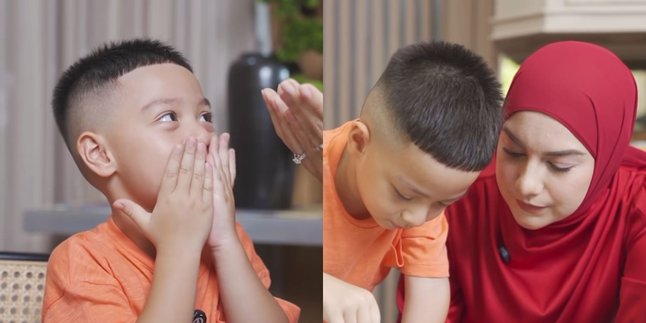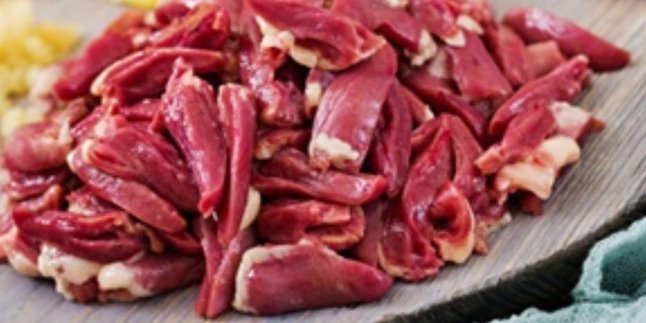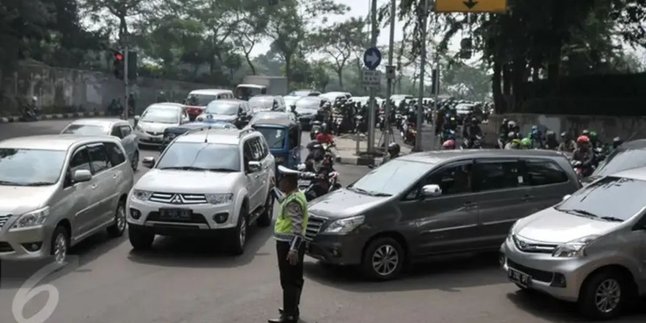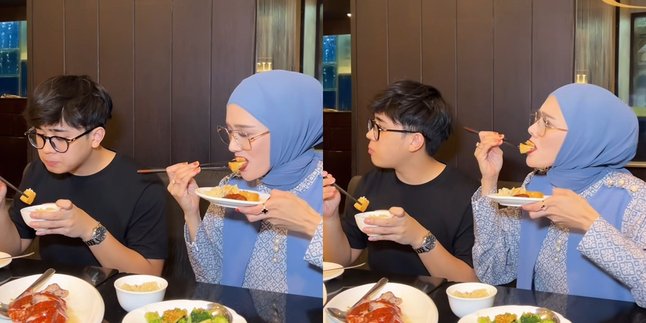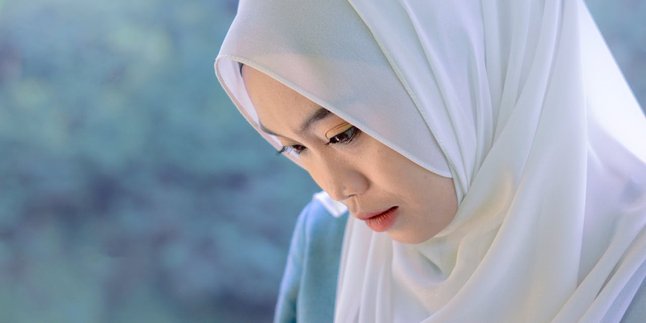Kapanlagi.com - Manado is not only known for its natural beauty but also for its unique cultural richness, especially during Eid. Various distinctive traditions are practiced by the Muslim community in this city, ranging from Tumbilotohe, Ketupat Eid, to Iwad, which are filled with values of togetherness and tolerance. Each tradition has a historical background and profound meaning for the local community.
One of the most striking is the Tumbilotohe tradition, which involves lighting lamps on the night before Eid al-Fitr, creating a magical atmosphere in various corners of the city. Additionally, Ketupat Eid becomes a special moment for gathering and fostering relationships, even embracing the diversity of religious communities. Not to be missed, the Iwad tradition in the Arab Village of Manado is also highlighted, where residents visit each other and forgive one another with joy.
With a combination of religious, social, and cultural aspects, the celebration of Eid in Manado becomes more than just a religious festival. It is a moment to strengthen brotherhood, preserve ancestral traditions, and demonstrate how harmony can be woven amidst diversity. So, what are the details of each of these traditions? Here is the information.
1. Tumbilotohe: The Light of Lamps on the Night Before Eid
According to ANTARA, the Tumbilotohe tradition originates from the cultures of the Gorontalo and Bolaang Mongondow ethnic groups, who have long settled in Manado. This tradition takes place on the night of the 27th of Ramadan until the night of Takbiran, where the community installs lamps in front of their houses and along the streets.
The lamps used are usually bottle lamps filled with oil and a wick, arranged in various decorative patterns. In addition, some residents also add gate decorations made from bamboo and flowers to beautify the appearance of their homes.
Besides providing a beautiful atmosphere at night, this tradition also has a strong religious significance. Tumbilotohe is believed to be a form of welcoming Lailatul Qadar, a night full of blessings that comes in the last ten days of Ramadan. Moreover, this tradition also strengthens the sense of togetherness as it is carried out collectively by all residents in anticipation of the arrival of Eid al-Fitr.
2. Eid al-Fitr Lights Installation in Southeast Minahasa: A Symbol of Togetherness
In Southeast Minahasa Regency, the Muslim community also has a tradition of installing lights to welcome Eid al-Fitr, which begins on the night of the 27th of Ramadan. This tradition is initiated by the youth and teenagers of the mosque, who take the initiative to enliven the atmosphere on the day of Eid.
The lights used are a combination of decorative lights, torches, and bottle lights, which are installed in front of houses, along the streets, and on sidewalks. At night, this view creates a lively and warm atmosphere.
This tradition not only serves as a celebration but also as a symbol of harmony among different religions. Non-Muslim residents in the area also participate in this activity, showing that togetherness is maintained amidst differences in beliefs.
"This is a combination of decorative lights combined with bottle lights and torches. They will be placed in front of houses and along the sidewalks so that at night it looks festive," said the Chairman of the Indonesian Mosque Council (DMI) of Southeast Minahasa Regency, Artly Kountur in Ratahan, referring to ANTARA.
3. Ketupat Festival in Manado: A Joyful Celebration of Friendship
One week after Eid al-Fitr, the community in Manado celebrates the Ketupat Festival, a tradition that has been passed down through generations. The center of the celebration is in the Mahawu and Ketangbaru villages, Tuminting District, where people gather to strengthen friendships and share happiness.
This event is filled with various activities, ranging from communal meals featuring ketupat and other traditional dishes to art and cultural performances showcasing dances and singing competitions. This festivity is not only attended by Muslim residents but also by people from various religious and ethnic backgrounds.
The Governor of North Sulawesi has even stated that the Ketupat Festival is a true symbol of tolerance and diversity that characterizes this province. This tradition strengthens social bonds among residents and serves as a recreational event for large families coming from different regions.
4. Iwad: Tradition of Silaturahmi in the Arab Village of Manado
In the Arab Village of Manado, located in Istiqlal Village, Wenang District, there is a unique tradition called Iwad. This tradition takes place on the second day of Eid, where the community goes around the village to visit each other and ask for forgiveness.
Silaturahmi is conducted by visiting the homes of residents accompanied by hadroh tambourine music, creating an atmosphere full of joy. Not only among residents, local officials such as the Governor of North Sulawesi and Forkopimda elements also participate in this celebration.
The Iwad tradition reflects noble values in Islam, namely brotherhood and togetherness. In addition to strengthening relationships among residents, this tradition also attracts the attention of tourists who want to directly see the cultural uniqueness of the Arab descendant community in Manado.
(kpl/frr)
Disclaimer: This translation from Bahasa Indonesia to English has been generated by Artificial Intelligence.
